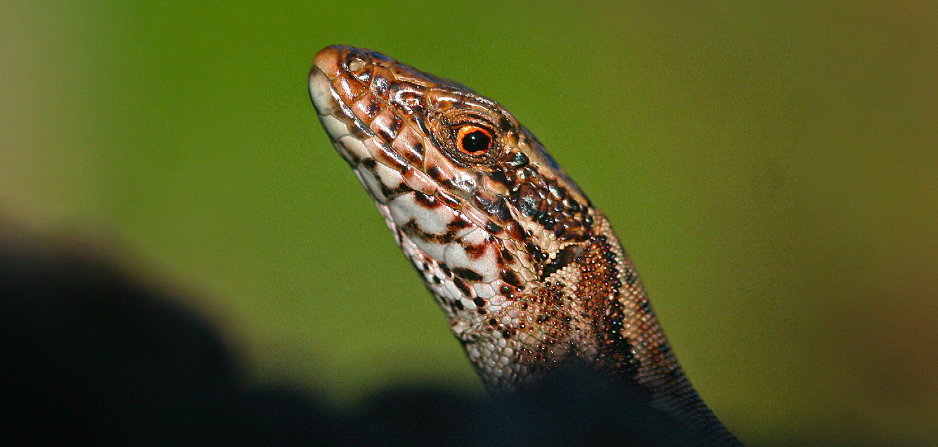Guillem Pérez i de Lanuza, Enrique Font and Pau Carazo have just published their work on colour assortative mating in the polymorphic lizard Podarcis muralis in Behavioral Ecology. Pau has previously spent time in our lab and works with us on a number of projects. The following is written by Pau and is a reposting from his web site.
In some species, individuals of the same sex come in different colours or morphs, a phenomenon known as colour polymorphism. A recurring question in the study of polymorphic species is what evolutionary processes may allow the coexistence of different morphs in the wild. Lizards of the genus Podarcis are ideal subjects in which to test this question because colour polymorphisms are very common in this group. Previous studies, however, have focused on processes that have to do with male-male competition and the role of different reproductive strategies in maintaining colour polymorphisms. In this study, we asked whether assortative mate preferences (i.e. a preference to mate with a partner exhibiting the same morph) may also be involved in maintaining colour polymorphisms in lizards. We used longitudinal behavioural data obtained during six consecutive breeding seasons (2006-2011) in a free-ranging polymorphic population of Podarcis muralis lizards. In this population, males and females exhibit three different colours in their throat and underside (i.e. orange, yellow and white). Using objective techniques of colour measurement, we confirmed the existence of discrete colour morphs and showed that these morphs are stable in time once they develop fully when individuals reach sexual maturity. More importantly, we show that male-female pairs of the same morph are more common than pairs involving males and females of different morphs. Our results suggest that mate preferences (i.e. colour assortative mating) may be important in the maintenance of discrete colour morphs in this and other lacertid species. Check and download the paper here, or go to publications for a post-print version. The paper has just been published online in Behavioural Ecology.


